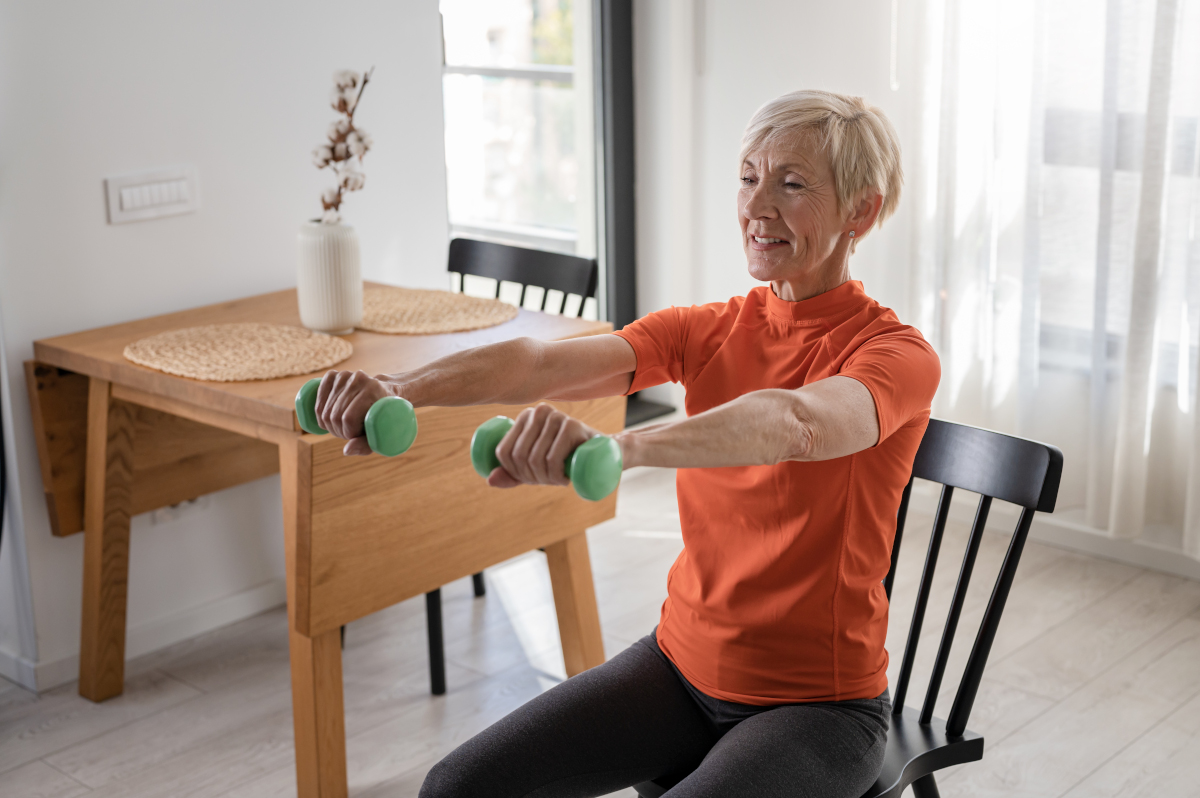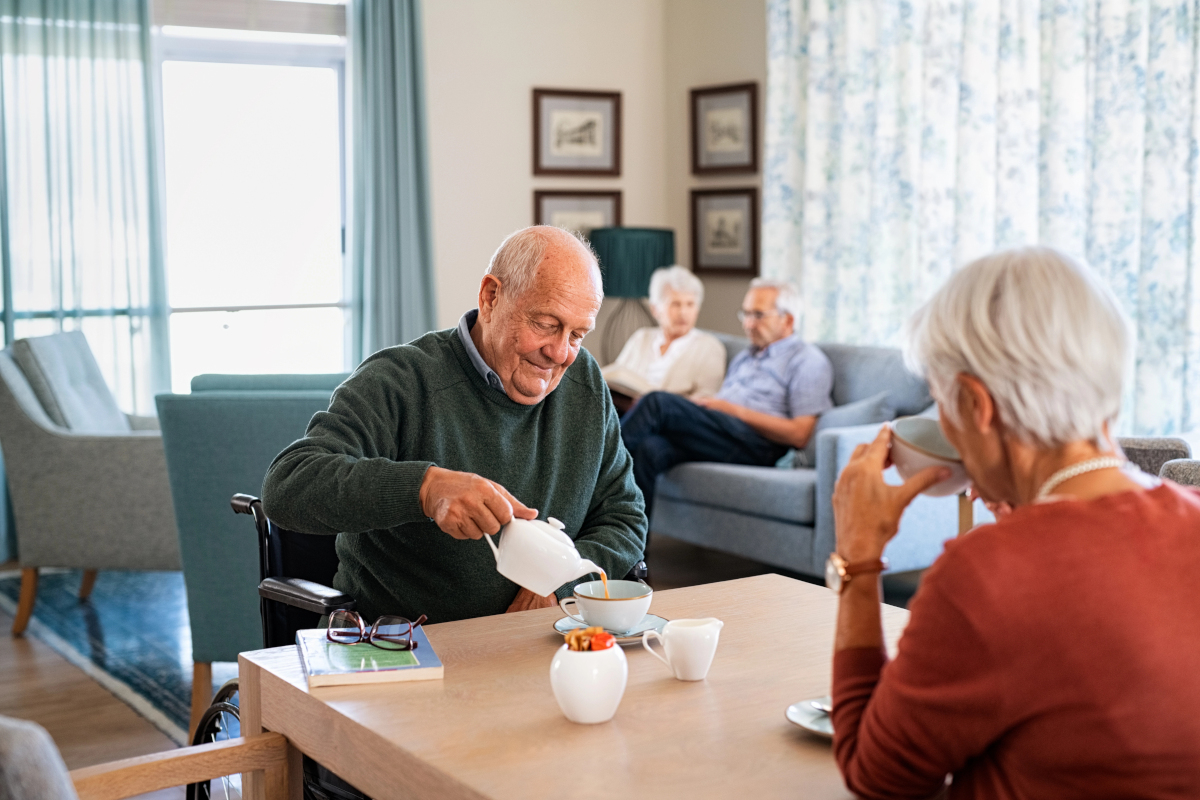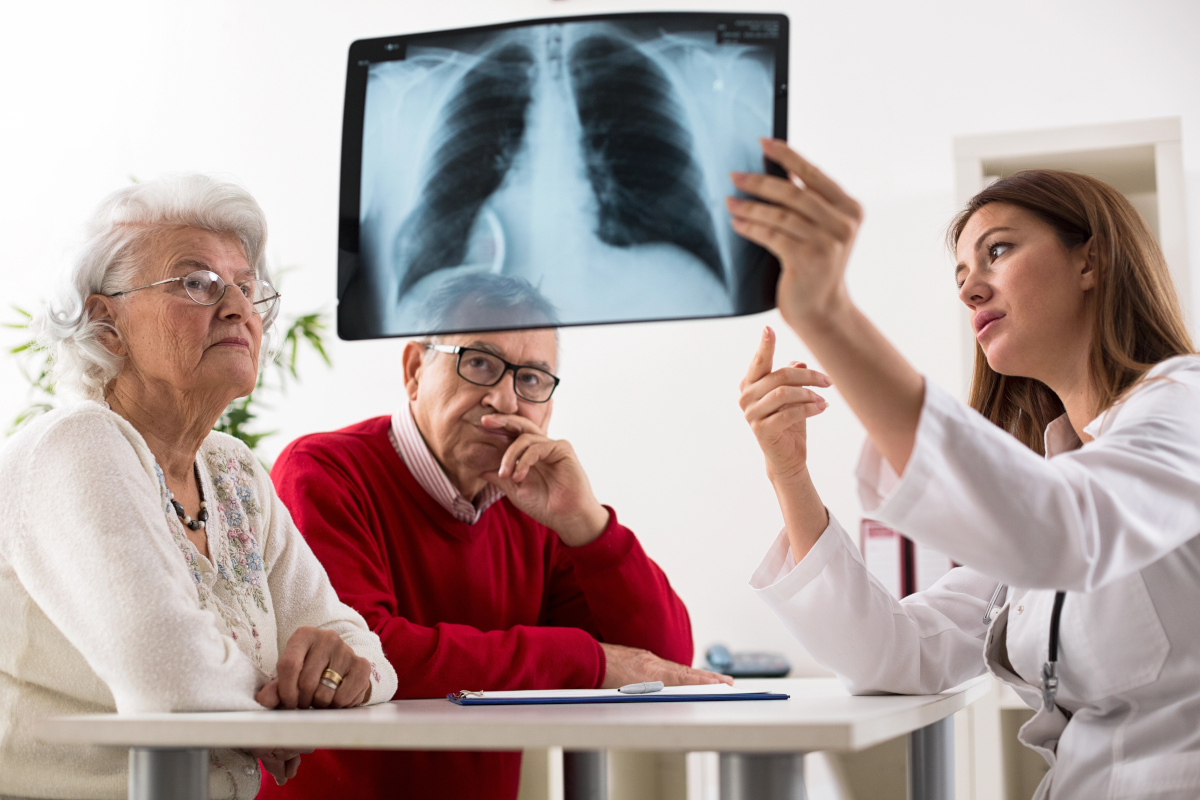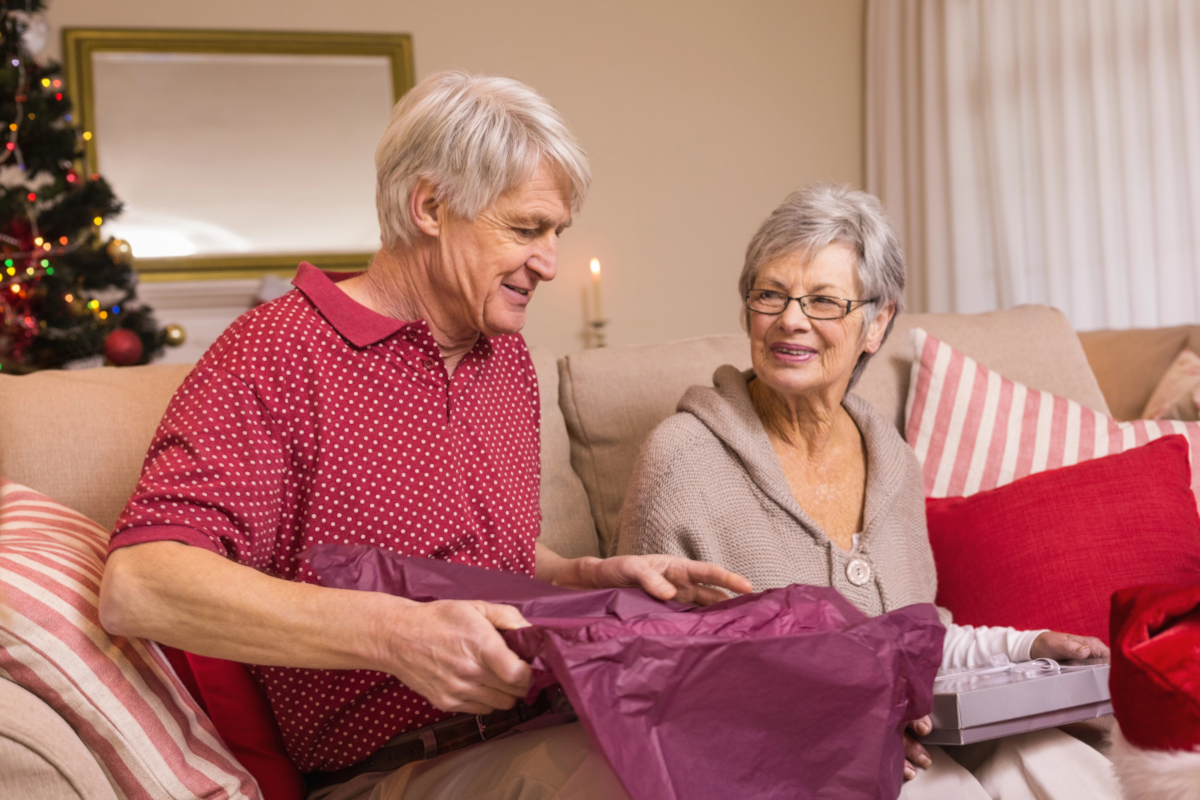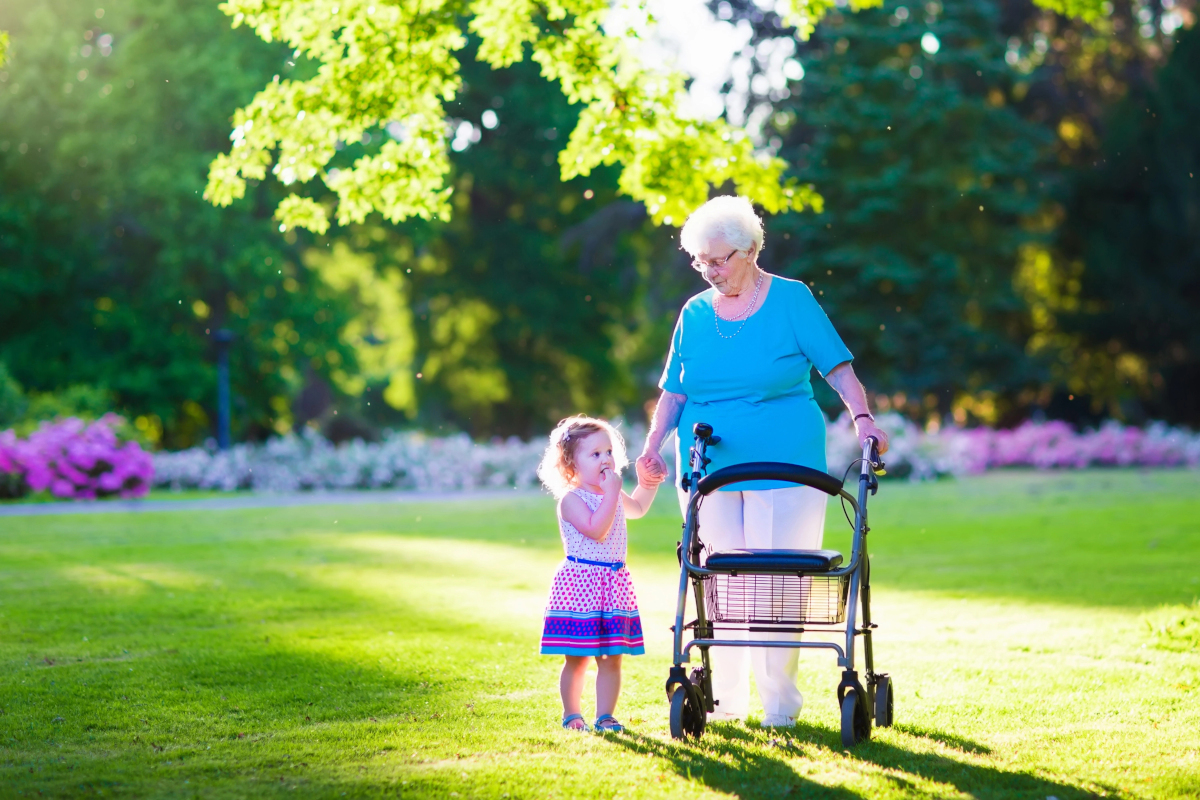It’s never too late to start your fitness journey. Many senior citizens decide to make healthy changes every day. Getting fit and making health-conscious choices can change your life for the better.
As we age, we tend to face a lot of challenges. We have to contend with more health problems and limitations. Our habits, diet, and energy levels may also shift. Getting fit may feel like an uphill battle, especially for senior citizens who have led sedentary lifestyles.
The good news is that there are safe, effective ways to start making those positive changes. Many find that getting started leads to noticeable improvements in how they feel, their mobility, and their outlook on life.
Physical activity is also among the 10 things seniors can do now to lower their dementia risk.
Consult Your Doctor Before Starting Your Fitness Journey
You should keep your doctor in the loop anytime you make health and fitness decisions. Major changes can have an impact on your body, especially if you have preexisting conditions. Your doctor can help guide you as you get started.
You can also request a fall risk assessment. This test is used to determine if you are at a low, moderate, or high risk of a fall injury. Knowing your risk will help you choose activities that are safe.
This assessment usually begins with an initial screening that includes a series of questions about your health and fall history. After the screening, you’ll likely be asked to complete the following activities:
- 30-Second Chair Stand – You’ll be asked to sit in a chair with your arms crossed over your chest. Your doctor will give you a cue to stand up and sit down. You will repeat this exercise for 30 seconds. Your rating will be based on how many stands and sits you were able to complete.
- TUG (Timed Up-and-Go) – The TUG test is focused on gait. You’ll be asked to sit in a chair to begin. You will need to stand up from a sitting position, walk 10 feet at a regular pace, and then sit down again. Patients who take more than 12 seconds to complete this test are considered a higher fall risk.
- 4-Stage Balance Test – This balance test starts in a standing position with your feet side by side. You’ll be asked to move one foot halfway forward and then the other so that the heel of your front foot touches the toes on your back foot. Then you’ll stand on one foot. You may be considered a higher fall risk if you can’t hold certain positions for 10 seconds or if you can’t stand on one leg for at least 5 seconds.
Build an Exercise Routine Based on Your Mobility
It is important to be realistic about your physical ability. Build an exercise routine based on what you can safely do. You can begin by asking your doctor for suggestions. You can also check senior groups like Silver Sneakers for ideas.
Seniors who have limited mobility should consider a chair workout. This type of exercise can build strength, stamina, and flexibility with less risk of a fall. There are many exercises to try, all involve sitting in or using a chair for support.
An example of a chair exercise is a seated march. This is done by sitting near the front of a chair, with your back straight. Your feet should be positioned at hip-width with your arms at your sides.
To begin, tense up your abdominal muscles and lift one leg as high as you can while keeping the knee bent. Lower it and repeat with the other foot. This is one full rep. Try to do two or three sets of a dozen reps per session. If you can’t do that much, do what you can and slowly build up to more.
Exercise is great for the whole body, not just the muscles. It is one of the best ways to learn how to keep you bones strong after age 65.
Getting Fit in an Assisted Living Community
Assisted living communities provide residents with additional resources when it comes to senior fitness. Many facilities host exercise groups that are based on the needs of senior citizens. Check your activity calendar or ask a staff member to learn more about fitness groups. Popular group exercises for seniors include:
- Tai chi
- Yoga
- Step aerobics
- Water aerobics
Your assisted living community may also have other activities that are ideal for fitness, like social outings, gardening, and group walks.
Senior Fitness Safety Tips
Safety should be a priority in senior fitness. A fall can lead to serious medical problems, which is why it is best to know what you’re doing before you begin. What can you do to keep yourself safe while on your senior fitness journey?
- Start Slow with Realistic Goals
Start slow and gradually build up as you go. Make sure you set realistic goals. Setting unrealistic goals can lead to frustration and could push you to take risks that you shouldn’t. Everyone starts at a different point, so make sure you are making decisions based on where you are now.
- Don’t Compare Yourself to Others
It’s easy to get caught up in what others can do and what you can’t do. Avoid doing this. As stated above, everyone starts their fitness journey at a different point. If your neighbor can do exercises without a chair but you need the extra support, that’s ok. It’s satisfying to see where you were and how far you have come after months of healthy living and physical activity.
- Eat Healthy and Drink Water
A nutritious diet and exercise go hand in hand. You need good food to fuel your workout, and water is necessary to stay hydrated. Seniors are more susceptible to dehydration due to age-related changes. Seek medical attention immediately if you notice signs of dehydration. Common symptoms include tiredness, dizziness, confusion, dry mouth, dark colored urine, and unquenchable thirst.
- Stretch Before You Start Exercising
Stretching is important at any age, but especially for older adults. It prepares your body for your workout. It increases flexibility which reduces the risk of a muscle injury while extending your range of motion. It’s also beneficial to stretch after exercising as part of an after workout cool down.
- Listen to What Your Body Tells You
If your body is telling you that it’s time to stop, listen to it. This can happen in the form of chest pain, shortness of breath, and lightheadedness. It’s best to exercise with someone nearby in case you need assistance.
- Use Necessary Supports and Safety Equipment
If you need support or safety equipment to work out, make sure to use it. This could be a chair for seated exercises, a knee brace, or anything that allows you to avoid an injury. It’s also best to wear comfortable clothing that’s made of material that will wick away sweat, like nylon, polyester, acrylic, or spandex.
And most importantly, make sure you keep your doctor aware of your plans and any changes you notice along the way. The right exercise routine can profoundly change the lives of seniors.

